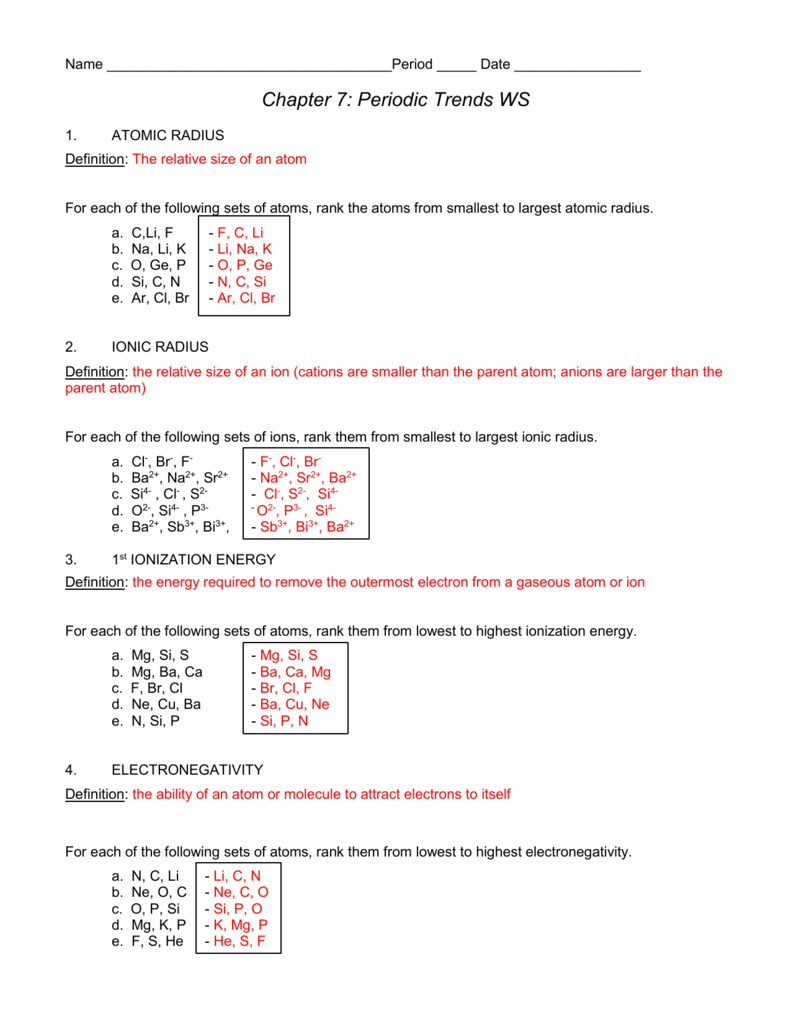

The manoeuvre was scheduled on 18th October 2021, it was designed to ensure a sufficiently large radial separation at the next closest conjunction between the two spacecraft. Both the agencies deemed that the situation warranted a collision avoidance manoeuvre (CAM) to mitigate the close approach risk, and it was mutually agreed that CH2O would undergo the CAM. Over a span of one week prior to the conjunction, analyses by both ISRO and JPL/NASA consistently showed that the radial separation between the two spacecraft would be less than 100 m and the closest approach distance would be only about 3 km at the aforementioned time of closest approach. However, the event was recorded by Chandrayaan-2.Ĭhandrayaan-2 Orbiter (CH2O) performs an evasive manoeuvre to mitigate a critically close approach with LROĪ very close conjunction between Chandrayaan-2 Orbiter (CH2O) and Lunar Reconnaissance Orbiter (LRO) of NASA was expected to occur on at 05:45 UTC (11:15 am IST) near the Lunar North pole. The signature of this event is missed by GOES satellite, as Earth magnetic field provides shielding from such events. CME travels with a speed of about 1000 km/s and it takes about 2-3 days to reach Earth. The red curve shows the proton counts due to SPE recorded by GOES satellite operated by NOAA.ĬLASS instrument also detected CME event as it passed through the moon due to an M1.5 class solar flare that occurred on Jan 18. However, the CME event was not detected by GOES.Ĭhandrayaan-2 Large Area Soft X-ray Spectrometer (CLASS) on-board Chandrayaan-2 Orbiter detected SPE due to an M5.5 class solar flare that occurred on Janu(blue curve).

SPE event was seen by NASA's Geostationary Operational Environmental Satellite (GOES) satellite orbiting around Earth. One flare (M5.5) spewed out energetic particles into interplanetary space and the other flare (M1.5) was accompanied by a Coronal Mass Ejection (CME). Recently, there were two M-class solar flares. Within each letter class there is a finer scale from 1 to 9 i.e a M2 flare is twice the strength of M1 flare. This means that an M class flare is ten times intense than C-class flare and 100 times intense than B-class flare. Each letter represents a 10-fold increase in energy output. The smallest ones are A-class, followed by B, C, M and X. Solar flares are classified according to their strength. Many intense solar flares areaccompaniedby coronal mass ejections (CMEs), a powerful stream of ionised material and magnetic fields, which reach Earth a few days later, leading to geomagnetic storms and lighting up the polar sky with auroras. Theycan cause ionisation on large scales in Earth's middle atmosphere. Most of these are high energy protons that impact space systems and significantly increase radiation exposure to humans in space. When Sun is active, spectacular eruptions called solar flares occur that sometimes also spew out energetic particles (called Solar Proton Events or SPEs) into interplanetary space. Chandrayaan-2 detected solar proton events due to high intensity solar flares in January 2022.


 0 kommentar(er)
0 kommentar(er)
